OnePlus 9 review: Absolutely recommendable despite strong competition
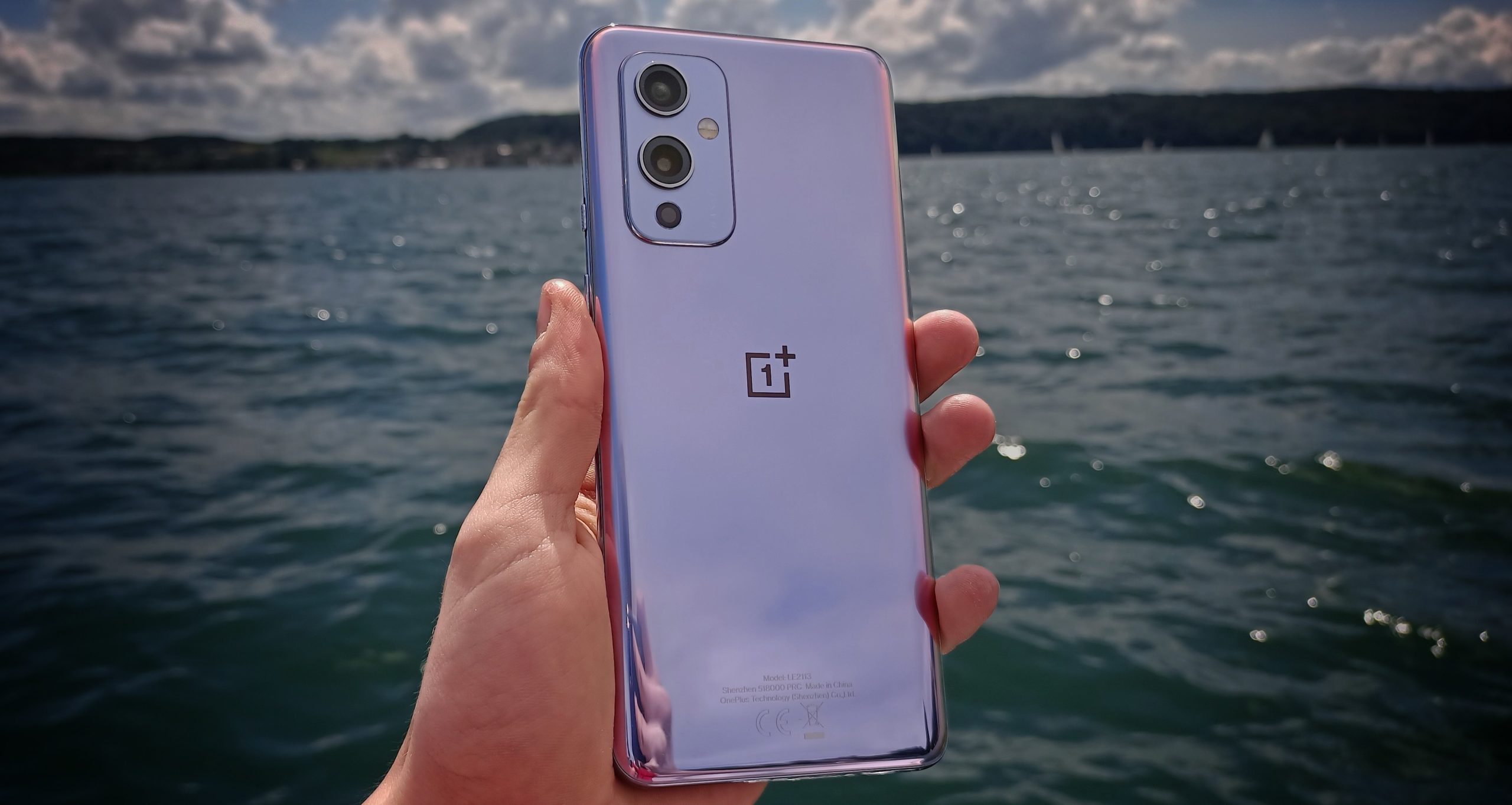
For two years now, the Chinese manufacturer from the BBK Group has been launching two new high-end smartphones on the market in the first half of the year, which were noticeably different from each other, especially last year. The regular OnePlus 8 was significantly weaker than that 8 Pro equipped and cost a whopping 700 euros at the market launch. That was without question far too much, which is why the Provariant was the significantly better option. This year, however, the normal OnePlus 9 also seems to be a very good choice.
Customers are currently offered a large OLED display with a smooth refresh rate of 600 Hertz, Warp Charge 120T, the Qualcomm Snapdragon 65, wireless charging and the IMX888 ultra-wide-angle sensor for currently 766 euros. Compared to OnePlus 9 Pro compromises have to be made mainly with the main and zoom camera. On top of that offers Promodel also features faster wireless charging, an official IP68 certification against water and dust ingress, a metal frame and a higher display resolution. The OnePlus costs 9 Pro currently a whopping 800 euros, 200 euros more than its smaller brother. Whether the surcharge for Promodel is justified or whether this year the non-Provariant is completely sufficient, you will find out in the following lines.
Jump to section
Haptics, design and processing
When I picked up the OnePlus 9 for the first time, it felt like it was last year 8T in hand, because both smartphones have almost identical dimensions and are similarly smoothly rounded. As a result, the OnePlus 9 feels very comfortable in the hand and can be used with one hand in most situations. However, I am of the opinion that the more expensive Promodel is a little more comfortable to hold, which is probably due to the slightly rounded display.
Regarding the frame material, the manufacturer unfortunately takes a different and, in my opinion, completely incomprehensible path. While last year's OnePlus 8T had a metal frame, customers unfortunately have to make do with plastic with a high-gloss finish for the successor, which on the one hand is extremely prone to scratches and on the other hand looks quite cheap. The 8T made a noticeably more valuable impression here. For an MSRP of 699 euros, this choice of material is a bad joke.
Fortunately, OnePlus didn't skimp on the back, at least. It is made of glass and is glossy in the color "Winter Mist" that I tested, which reveals wonderful reflections, but also attracts fingerprints almost magically. Overall, I like the color very much, because OnePlus thus provides variety and I had never seen such a color gradient before: The surface is glossy throughout, but due to the matt finish in the upper part of the device, it is matt. The lower area, on the other hand, could be used as a mirror. The pictures below show this extraordinary color pretty well:
- The OnePlus 9 in the "Winter Mist" color I tested. (Image: TechnikNews)
- The finish under the glass looks matt in the upper area and glossy in the lower area. (Image: TechnikNews)
- Depending on the incidence of light, the color always looks a little different. (Image: TechnikNews)
If you like it a little more subtle, you can also choose the black model and for those who prefer matte smartphones, the manufacturer also has a blue version on offer. In addition to the colors, the new camera design should also be noticed immediately. While the predecessor was equipped with three vertically arranged cameras in the upper third, the manufacturer decided on last year's OnePlus 8T to adapt to the competition by positioning the cameras at the top left. It is the same with the new OnePlus 9, even if, in my opinion, the end result is a little nicer than the 8T, because the camera dump is in the device color and no longer in black. The cameras protrude slightly from the housing, which means that the smartphone wobbles slightly when it is on the table when operated.
- I really like the new camera design of the OnePlus 9. (Image: TechnikNews)
- The cameras protrude a little from the case. (Image: TechnikNews)
Next, let's move on to the front, which is no different than the 8T. OnePlus also does without an edge display here, which is why the side edges are a little thicker than on the Pro-Model act. The bottom edge is also a bit thicker, but for 699 euros that's perfectly fine. The front camera is in the top left in the form of a small punch hole.
- Unlike in Promodel, a flat display is used here. (Picture: TechnikNews)
- The edges around the screen are pleasantly thin. (Image: TechnikNews)
In terms of workmanship, the OnePlus 9 does a solid job. The back cannot be depressed, the keys are easy to reach and have a decent pressure point. However, the alert slider doesn't feel quite as high-quality. Furthermore, it can be moved a little too easily for my taste, which means that one often skips the middle level (vibration) and lands directly on the third (silent) or first (sound) level.
Display - a great strength
The displays of last year's high-end smartphones from OnePlus have always been among the best on the market, and it goes without saying that this is also the case with the OnePlus 9. The 6,55-inch OLED display with a resolution of 2.400 x 1.080 pixels ensures a sufficiently sharp display. That Promodel offers a bit more, but FHD+ is more than sufficient with this display diagonal and especially for 699 euros. Individual pixels cannot be seen in everyday use. In addition, there is a smooth refresh rate of 120 Hertz, which means that the smartphone can display 120 frames per second. As a result, all animations and scrolling appear noticeably smoother than on smartphones with 90 or even 60 Hertz.
- The small recess in the left corner does not interfere at any time in everyday life. (Image: TechnikNews)
- The display is easy to read even when viewed from the side. (Image: TechnikNews)
Colors are reproduced beautifully and naturally, the black value is excellent, as is typical for OLEDs, and the white value is also convincing across the board. The colors hardly change color even when viewed from the side. In this respect I even like it slightly better than the 9th one Pro, whereas this one is slightly ahead in terms of maximum brightness.
Software - OxygenOS 11
One of the greatest strengths of OnePlus smartphones has always been the software, because the in-house user interface OxygenOS based on Android 11 is very simple on the outside and equipped with useful additional functions. For example, there is an excellent always-on display, a very good night and eye protection mode, in which the blue light of the display is filtered out. Furthermore, the accent color can be changed according to your own taste.
The Chinese manufacturer recently announced that the OnePlus 9 series will be provided with software updates for three years and security updates for four years, which is definitely extremely commendable. However, it has recently taken a long time for the updates to be rolled out. At the time of the test report (July 26th), the security patch of my device was still at the state of May. This is definitely better for the price offered.
Performance - it doesn't get much better
The Snapdragon 888 from Qualcomm works under the hood, paired with either 8 or 12 GB of RAM and 128 or 256 GB of internal storage, which unfortunately cannot be expanded via a microSD card.
Together with the smooth refresh rate and the simple software, the smartphone flies through everyday things. You won't find any stutters or delays here and overall the operating speed is at an extremely high level. Even larger apps or games never cause problems Prostated problems.
Heat development in everyday life
However, the smartphone gets noticeably warm after a little longer use, but also when taking pictures. However, it is by no means a concern and a Xiaomi Mi 11 still gets a little warmer. Still, there's room for improvement here and I feel like the new Snapdragon 888 comes with heatproproblems. Here, for example, this is performed OPPO Find X3 slightly better with the slightly weaker Snapdragon 870.
Battery - okay, but worse than the OnePlus 8T
The battery is 4.500 mAh and can be fully charged in half an hour with the included power supply unit with up to 65 watts, which is extremely impressive. Samsung and Apple can only dream of such values. Big compliments to OnePlus. Wireless charging is also possible, but only with 15 watts.
Unfortunately, the battery runtimes are less convincing. With activated 120 Hertz I always got through a day, but usually not much more was possible. At the end of the day, with a screen-on-time of around 5 to 6 hours, I usually had 10 to 30 left Procent battery left. If you hold back a little and use the smartphone mainly in the WLAN, up to 8 hours were possible for me. That doesn't sound bad at all and it's by no means bad, but I still managed a little more with the OnePlus 8T, even though it also has a 4.500 mAh battery.
- Screenshot: TechnikNews
- Screenshot: TechnikNews
- Screenshot: TechnikNews
- Screenshot: TechnikNews
- Screenshot: TechnikNews
If you use the smartphone more intensively, you won't get through a day without a charge. So this device is not really suitable for heavy users. In my opinion, the battery life has to be better with an energy-saving Snapdragon 888, an OLED display with FHD + and a sufficiently large 4.500 mAh battery. But it is by no means bad or even terribly bad, I would have just expected a little more.
Camera - light and shadow
On the back, three vertically arranged cameras are positioned on the top left. The top sensor is the 50 megapixel ultra wide-angle camera with a bright aperture of f/2.2. This is the IMX766 with a sensor size of 1/1.56″, which is also in the OnePlus 9 Pro, OnePlus North 2 and OPPO Find X3 is used. The IMX689 main sensor with a sensor size of 1 / 1.43 ″ sits directly below. It has a resolution of 48 megapixels and is extremely bright with an aperture of f / 1.8. This is the same sensor as in the OnePlus 8 Pro, but without OIS. This setup is complemented by a 2 megapixel monochrome camera. In terms of hardware, a lot has changed compared to the predecessor, but that's not enough, because a lot has also been improved on the software side. The Chinese manufacturer worked with Hasselblad in order to be able to deliver images with particularly realistic color reproduction. The front camera has a resolution of 16 megapixels.
You hardly ever notice the missing OIS when taking pictures in everyday life, and the OnePlus 9 also takes beautifully sharp pictures with a good dynamic range in good lighting conditions, which, however, are often artificially oversharpened, which is what the 8th Pro is not the case. According to OnePlus, the cooperation with Hasselblad refers in particular to the most accurate colors possible and I can definitely confirm that. Colors are reproduced as naturally as possible. Definitely a little better than the predecessor or that S21Ultra, but every now and then the OnePlus 9 also clearly misses, especially with red tones or sometimes also green tones. Overall, I might have expected a little more here. If you work specifically with a camera manufacturer for accurate colors, then I expect consistently reliable recordings with natural color rendering. In addition, slightly darker areas, for example plants in the shade, are far too dark, almost black, which means that many details are lost. This has relatively little to do with realistic colors, because in reality, dark areas were not as dark as the OnePlus 9 rendered them.
In the case of low light, it is advisable to use the night mode, in which the images are exposed for a few seconds. The resulting images convince with beautiful colors and good sharpness. However, there is still a little room for improvement in terms of brightness. Overall I like the 8th Pro Slightly better in poor light conditions, but for currently 600 euros I am quite satisfied with the low-light performance of the OnePlus 9. The competition, like this Vivo X60 Prois no better here either.
However, the biggest improvements are in the new ultra wide-angle camera. Rather less in good lighting conditions, because the predecessor was already able to convince here. Great color reproduction, excellent dynamic range and very good edge sharpness are the highlights of this camera in daylight. When it comes to general sharpness, however, other smartphones can keep up and are sometimes even a bit better. However, when it gets darker, Apple, Samsung, Xiaomi and Vivo can no longer keep up, especially in terms of brightness. The pictures taken by the competitors are often too dark, sometimes too bright. The OnePlus 9, on the other hand, takes perfectly exposed photos at all times. Even the finest details are still clearly visible and the color rendering is on point. Together with the Promodel, the Find X3 and X3 Pro we are dealing with the best ultra wide-angle camera in a smartphone. Let's see if Huawei can keep up with the upcoming P50 series.
As good as the main and ultra-wide-angle cameras are, zoom shots are just as bad. From 3x magnification at the latest, the results can no longer be used due to the inadequate sharpness. OnePlus tries to compensate for this with artificial sharpening, which, however, makes recordings look much worse. It lacks an optical telelens, which in my opinion shouldn't be missing for the price offered, especially when you consider that the OnePlus 7T from 2019 was still equipped with a 2x optical zoom camera.
Strangely enough, black and white photos are extremely blurry, although the good main camera and not the 2 megapixel monochrome camera is used for this. So I recommend everyone to take a normal color photo and then edit it.
The front camera takes solid pictures, but they can't quite keep up with the competition. The same sensor has been installed here for over two years. So it's time for a new front camera.
Test photos
Let's take a look at a few test photos. The following images are absolutely unprocessed, but compressed without loss in order to keep loading times and memory consumption of the website low.
- Picture: TechnikNews
- Picture: TechnikNews
- Picture: TechnikNews
- Picture: TechnikNews
- Picture: TechnikNews
- Picture: TechnikNews
- Picture: TechnikNews
- Picture: TechnikNews
- Picture: TechnikNews
- Picture: TechnikNews
- Picture: TechnikNews
- Picture: TechnikNews
- Picture: TechnikNews
- Picture: TechnikNews
Comparison with the OnePlus 8 Pro and Vivo X60 Pro
Last but not least, we want to use the cameras in different situations with the OnePlus 8 Pro and Vivo X60 Pro compare that cost the same amount.
- The OnePlus 9 takes the most accurate color picture. The other two smartphones look a little too pale in a direct comparison. Only at the edge areas are there visible differences in sharpness in favor of the OnePlus 9. (Image: TechnikNews)
- The main camera of the OnePlus 9 is artificially sharpened unnecessarily. In terms of color reproduction, the OnePlus 9 wins (Image: TechnikNews)
- At 3x magnification, the artificial sharpening becomes clearly visible. The OnePlus 9 can't keep up with the others when it comes to zooming. (Image: TechnikNews)
- Here even the Vivo ensures the most natural photo. Surprisingly, there is no clear winner in terms of sharpness, although the OnePlus 9 with its 50 megapixel ultra-wide-angle camera should actually have a clear lead. (Image: TechnikNews)
- The differences between the two OnePlus smartphones are very limited, no wonder, because both use the same main sensor. (Image: TechnikNews)
- All smartphones have great difficulties with red tones. The fruit, on the other hand, is rendered most naturally by the OnePlus 9, although it is not too 100 Procent reflects reality. (Picture: TechnikNews)
- The ultra-wide-angle camera of the OnePlus 9 is absolutely amazing at Lowlight. Brightness, sharpness and color reproduction can convince all along the line. (Image: TechnikNews)
- If we switch to the main camera, the OnePlus 8 wins Pro in terms of sharpness and the Vivo in terms of brightness. (Picture: TechnikNews)
- When it comes to the ultra-wide-angle camera, the OnePlus 9 is clearly ahead again. (Image: TechnikNews)
- This is where I like the OnePlus 9 best, as the atmosphere on site is reproduced most naturally. (Image: TechnikNews)
- Both the X60 Pro as well as the OnePlus 8 Pro don't stand a chance with the ultra wide-angle camera. (Picture: TechnikNews)
- In terms of sharpness, the OnePlus 8 wins Pro. The others don't take much in terms of sharpness. (Picture: TechnikNews)
As expected, the OnePlus 9 usually delivers the most accurate colors. There are hardly any differences in terms of sharpness or dynamic range, not even with the ultra-wide-angle camera. When it comes to zoom, the OnePlus 9 does the worst. In the case of Lowlight, the differences are again limited, all of them take similarly good shots. It is noticeable that Vivo produces the brightest images with the main camera, which, however, cannot quite keep up with the OnePlus devices in terms of sharpness and color reproduction. If you switch to the ultra-wide-angle camera, the OnePlus 9 clearly wins. The sharpness in particular is on a completely different level with Lowlight.
Others - speakers, fingerprint sensor, and more
The OnePlus 9 uses stereo speakers that are sufficiently loud and can convince with a balanced sound. To current flagships, such as the S21 Ultra, Mi 11, Mate 40 Pro or even OnePlus 9 Pro the speakers don't quite come close. Nevertheless, I was very happy here.
The smartphone can be unlocked using the fingerprint sensor integrated into the display, which is positioned far too far below for my taste. In terms of reliability and speed, it is currently one of the best on the market. Often just a short tap on the fingerprint sensor icon is enough to unlock the device.
One of my highlights is definitely the built-in vibration motor, which gives an incredibly high-quality feeling and vibrates very precisely. Unlike some other vibration motors, it never sounds annoying. Along with the 9 Pro and Xiaomi Mi 11, the OnePlus 9 currently has the best vibration motor.
Last but not least, I would like to mention that it is not protected against the ingress of water and dust according to IP68. According to the manufacturer, it should be waterproof, but unfortunately there is no guaranteed certification.
Conclusion
The OnePlus 9 is currently a great smartphone for 600 euros, and the manufacturer has eliminated some of the 8T's weaknesses. The cameras are finally on a very good level, it can be charged wirelessly and otherwise offers a strong overall package without major weaknesses. There is only a little room for improvement in terms of battery life, zoom and feel.
Do you prefer to go to the competition?
In my opinion, the strongest competitor comes from within the company. Last year's OnePlus 8 Pro is currently also available for 600 euros and is slightly ahead in terms of the main camera, the zoom, the haptics and the display resolution. The 9 series, on the other hand, is particularly impressive with the ultra wide-angle camera, future security and the Processor strengths. In the end, everyone has to decide for themselves which points are most important to them. I can recommend both smartphones across the board.
However, if you want a little more for the cameras, the speakers or the wireless charging, you should probably pay 200 euros more and for the 9th Pro to grab. But if the points just mentioned are not that important to you, you should definitely go for the regular OnePlus 9, which will be completely sufficient for most users.
I would no longer reach for the OnePlus 8T for currently 500 euros. It is still an excellent smartphone, but the big differences in the cameras alone justify the surcharge of currently 100 euros in my opinion. Added to this is wireless charging, the stronger one Processor and the update guarantee.
Even before competitors like that My 11 (currently 700 euros), Galaxy S21 Plus (currently 850 euros), Oppo Find X3 Neo (currently 640 euros) or Vivo X60 Pro (currently 800 euros) the OnePlus 9 doesn't have to hide at all. The S21 Plus delivers the better battery life and the Mi 11 the better performance, but no other smartphone delivers such a good ultra wide-angle camera, a vibration motor at the highest level and unbeatable performance for 600 euros. So I can wholeheartedly recommend the OnePlus 9.
We thank OnePlus Germany for providing the OnePlus 9!

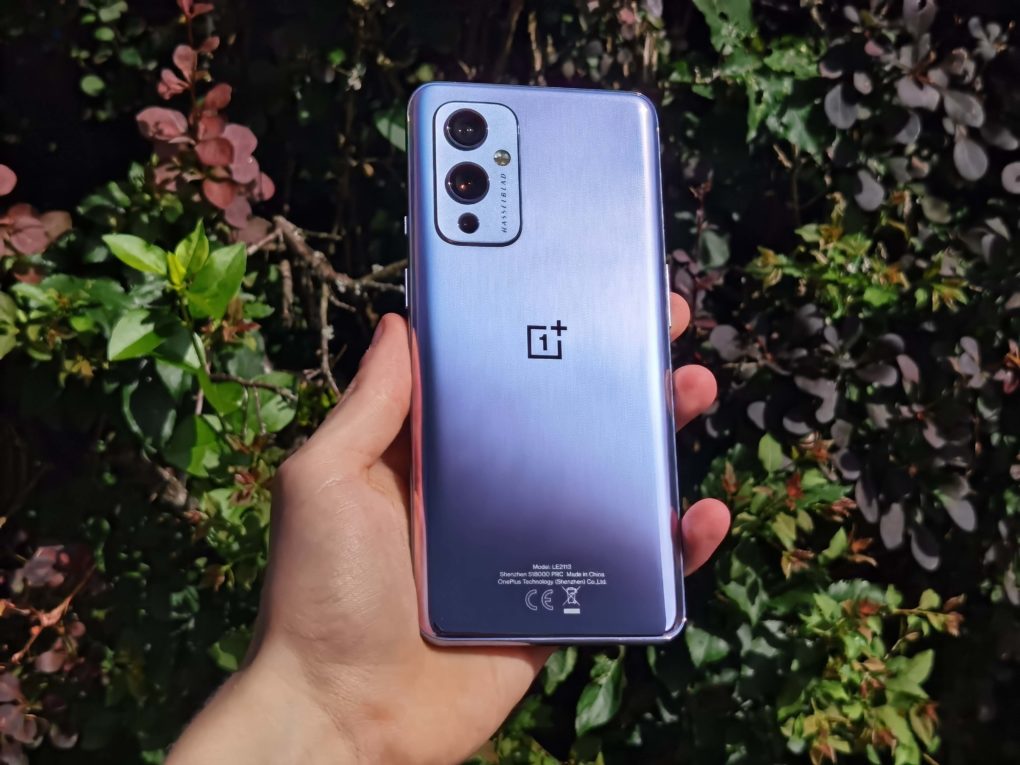
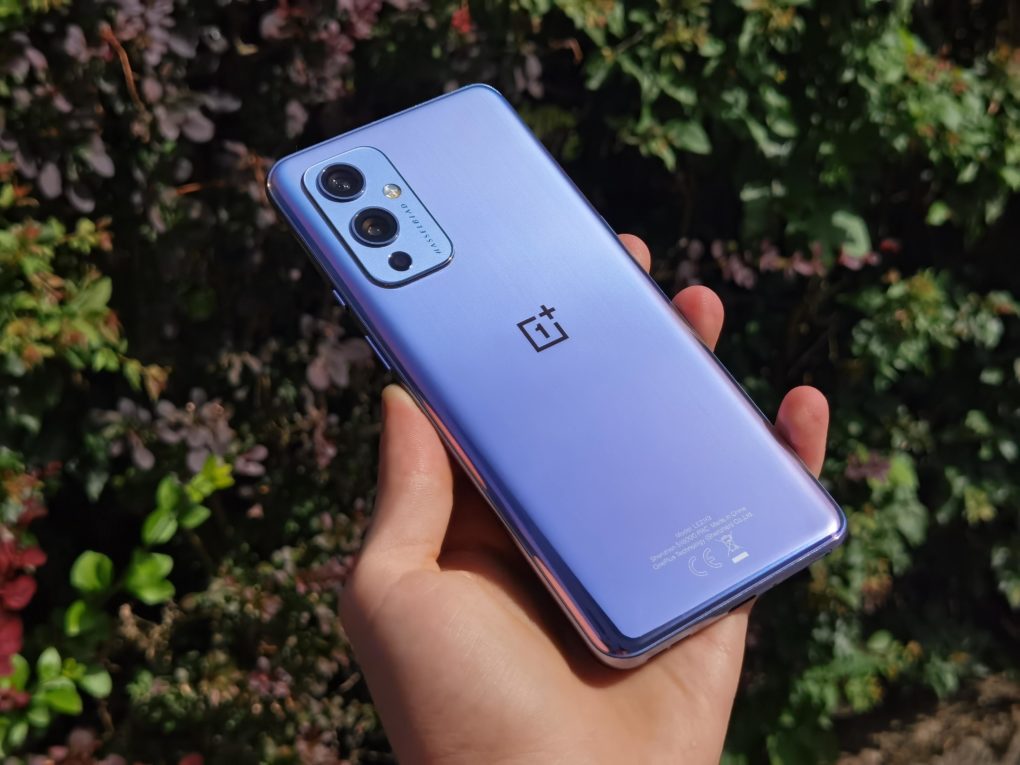
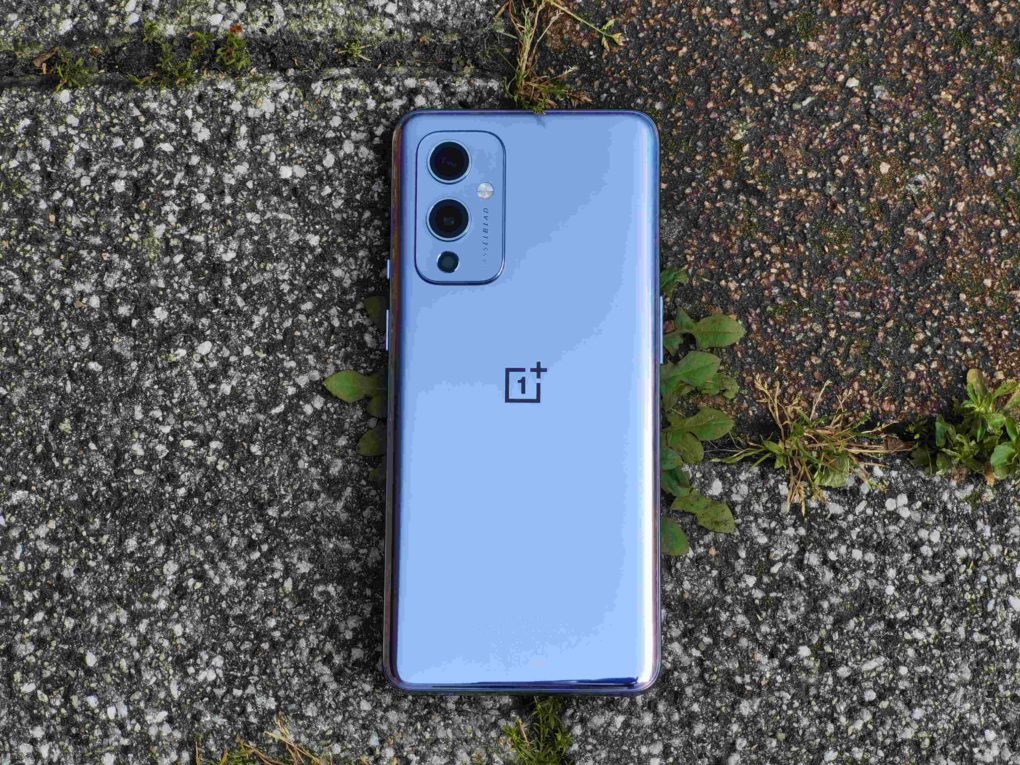
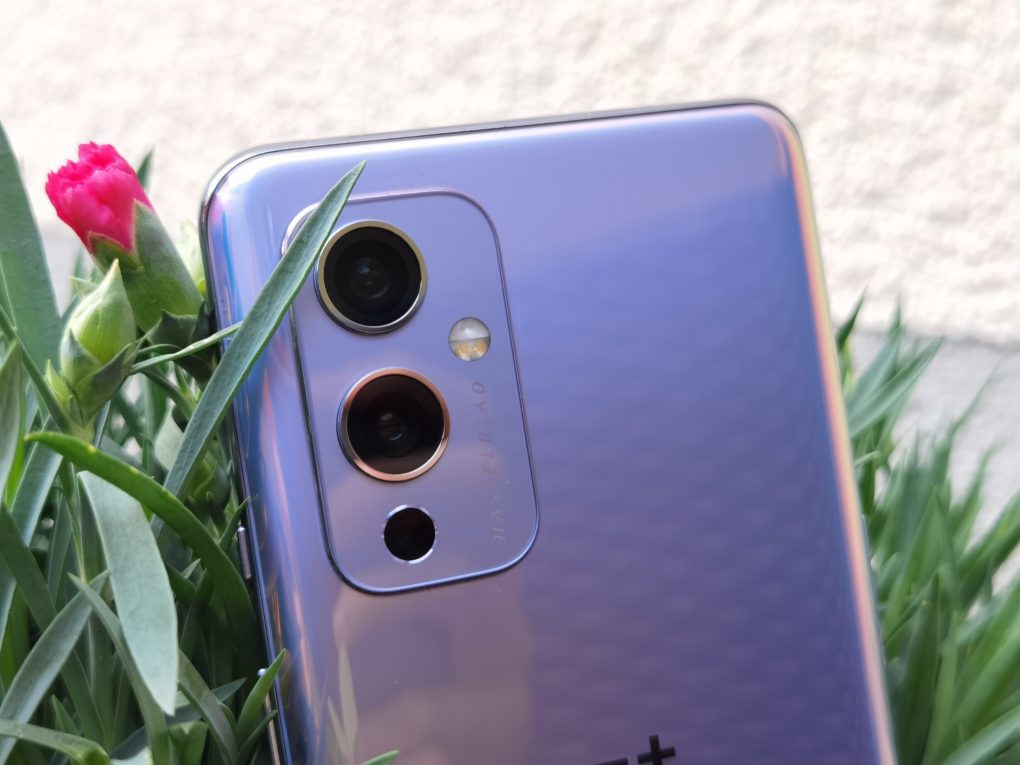
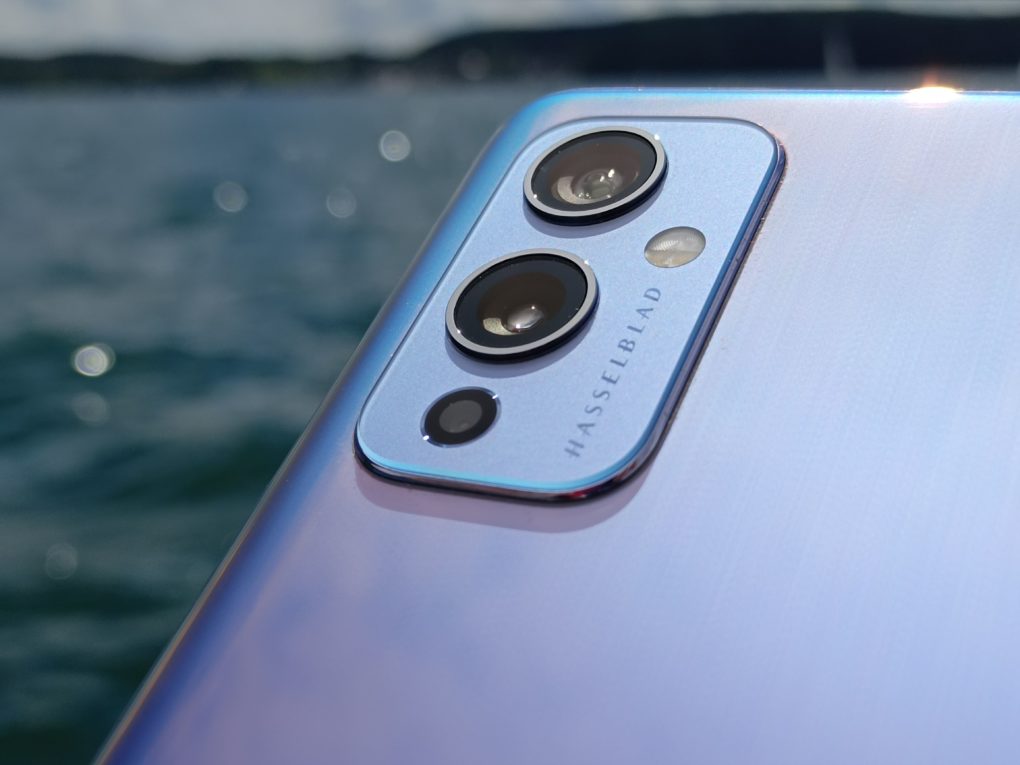
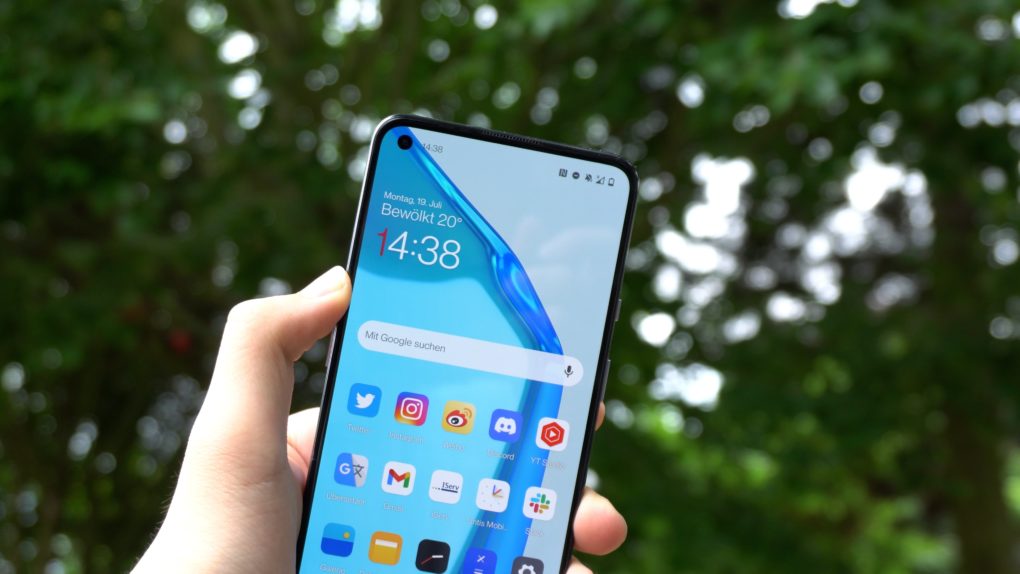
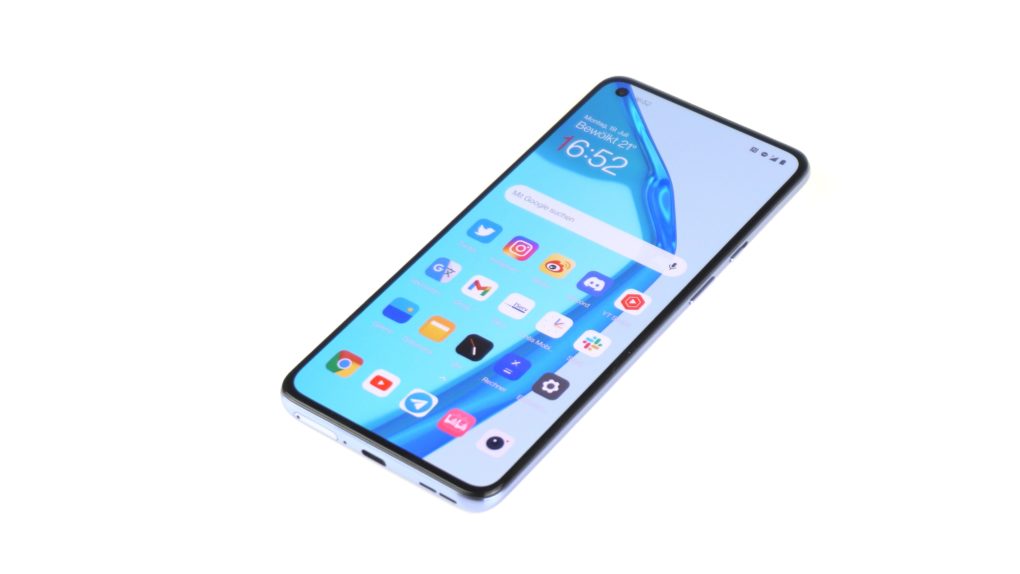
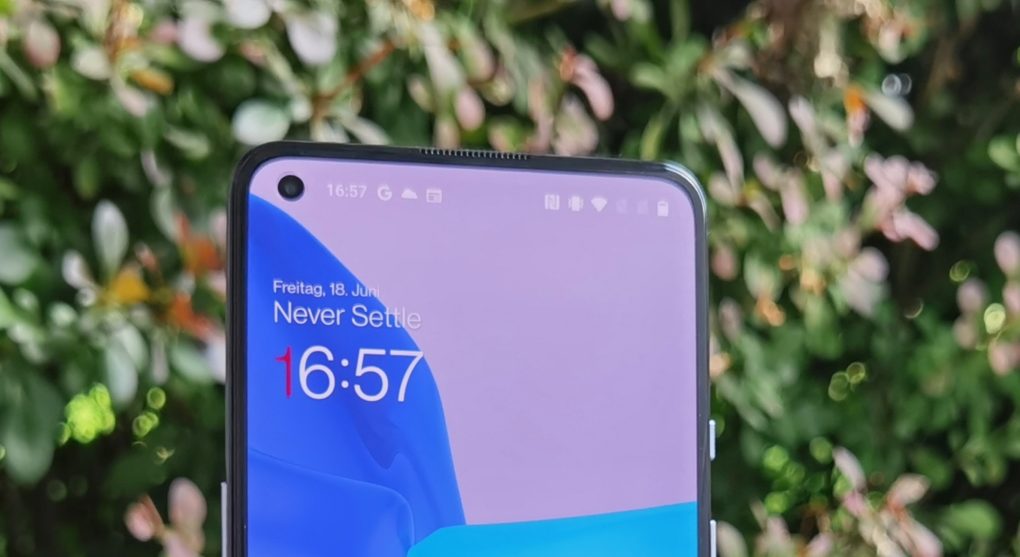
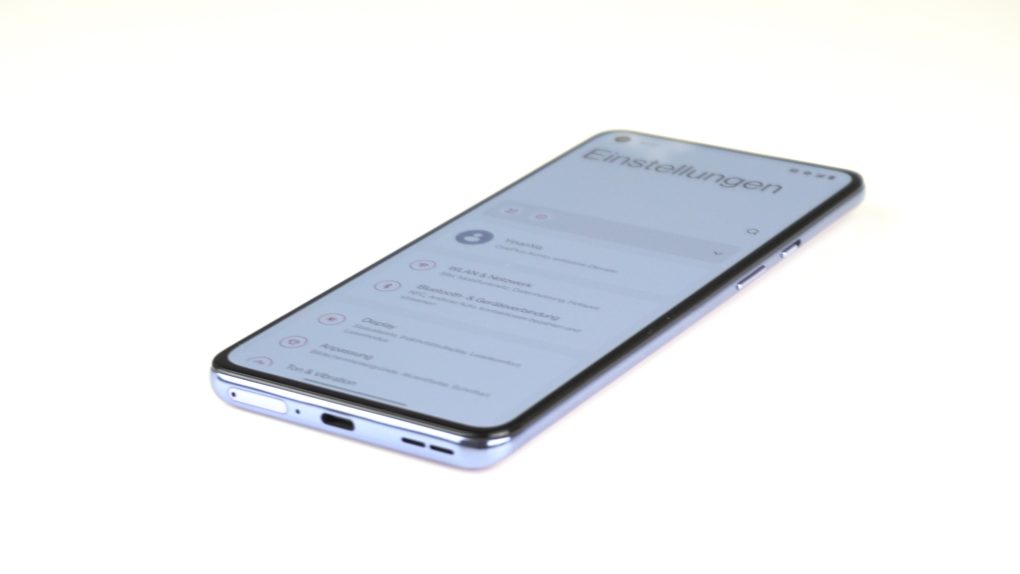
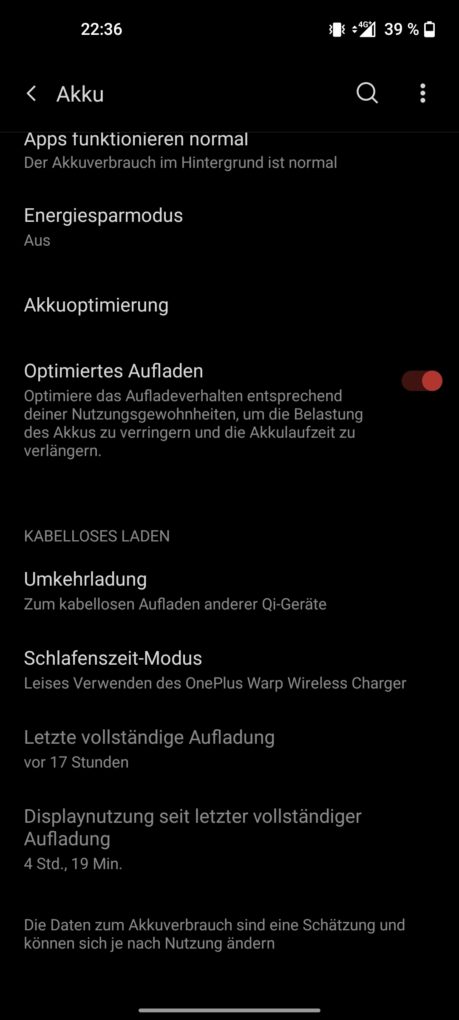
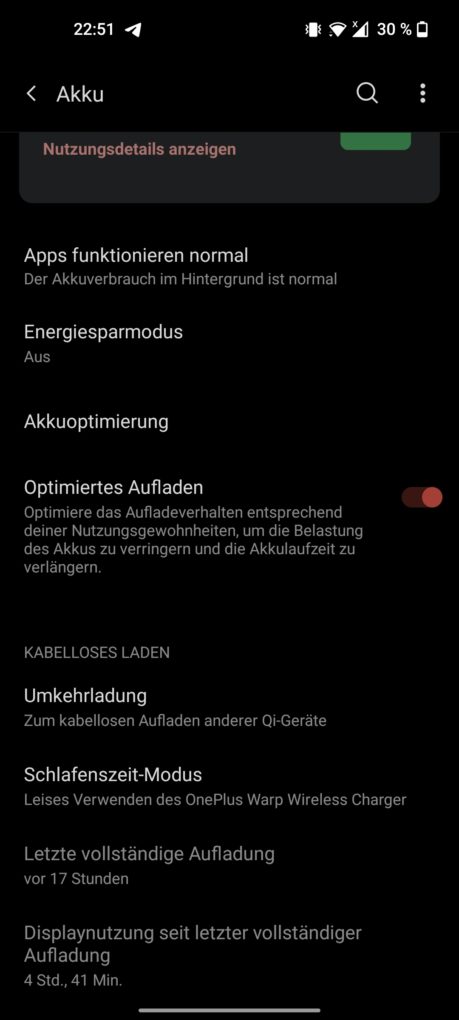
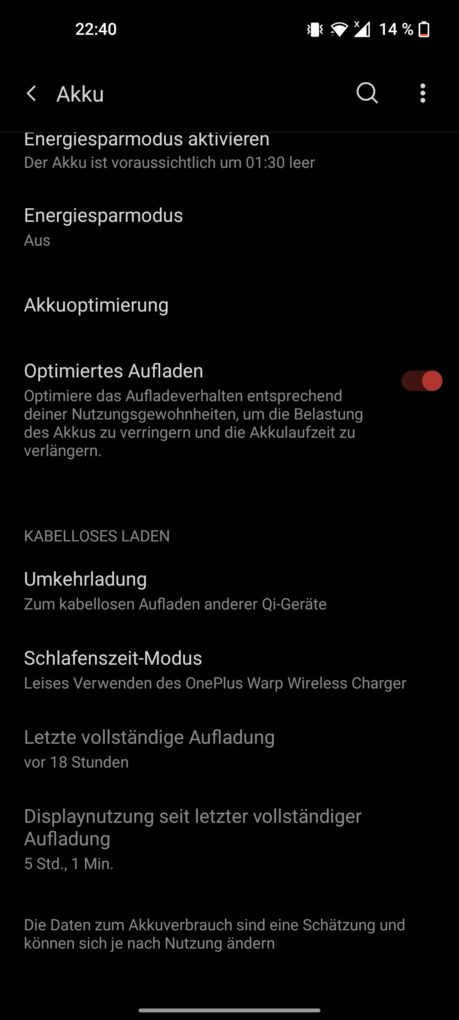
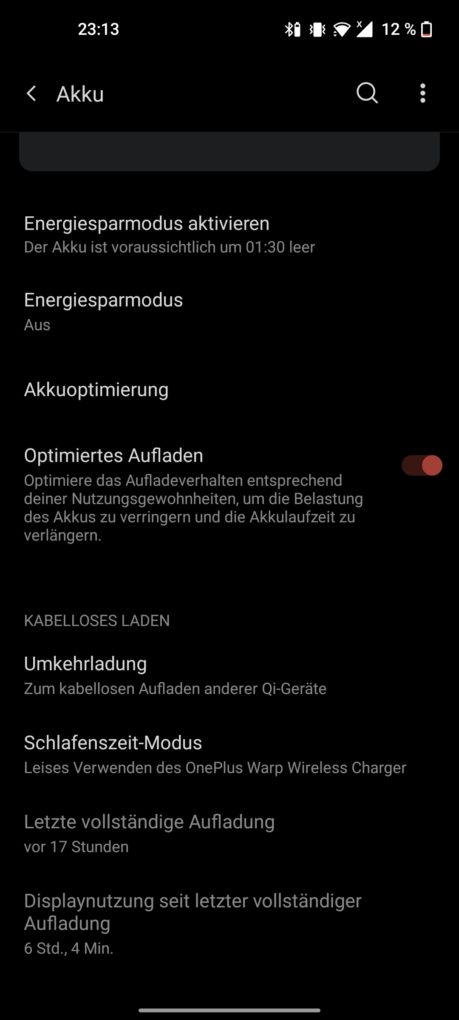
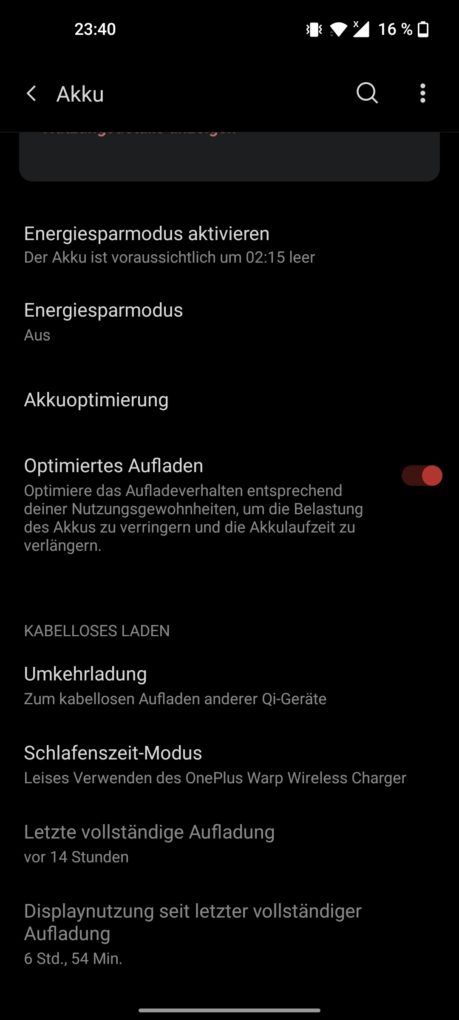
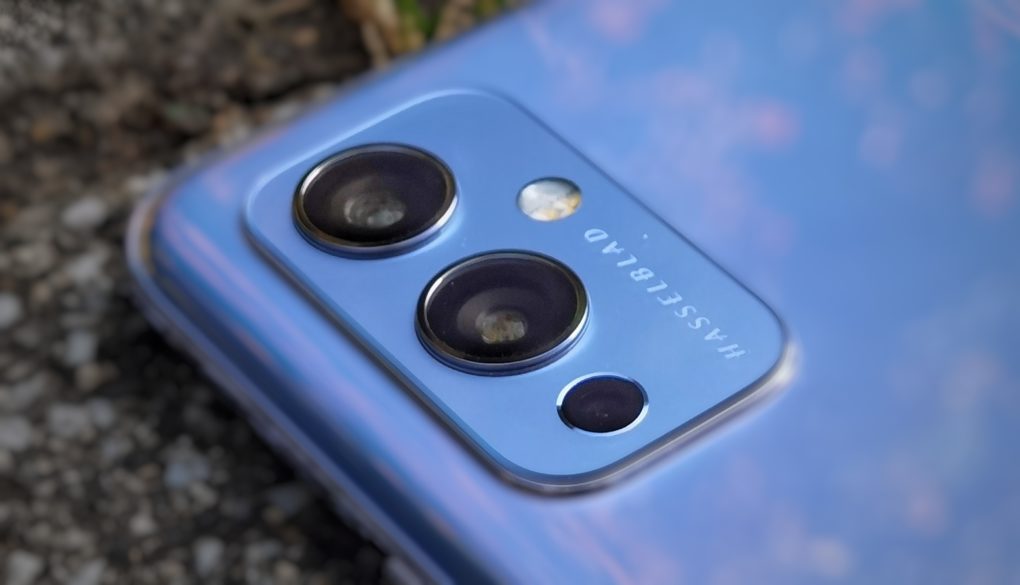
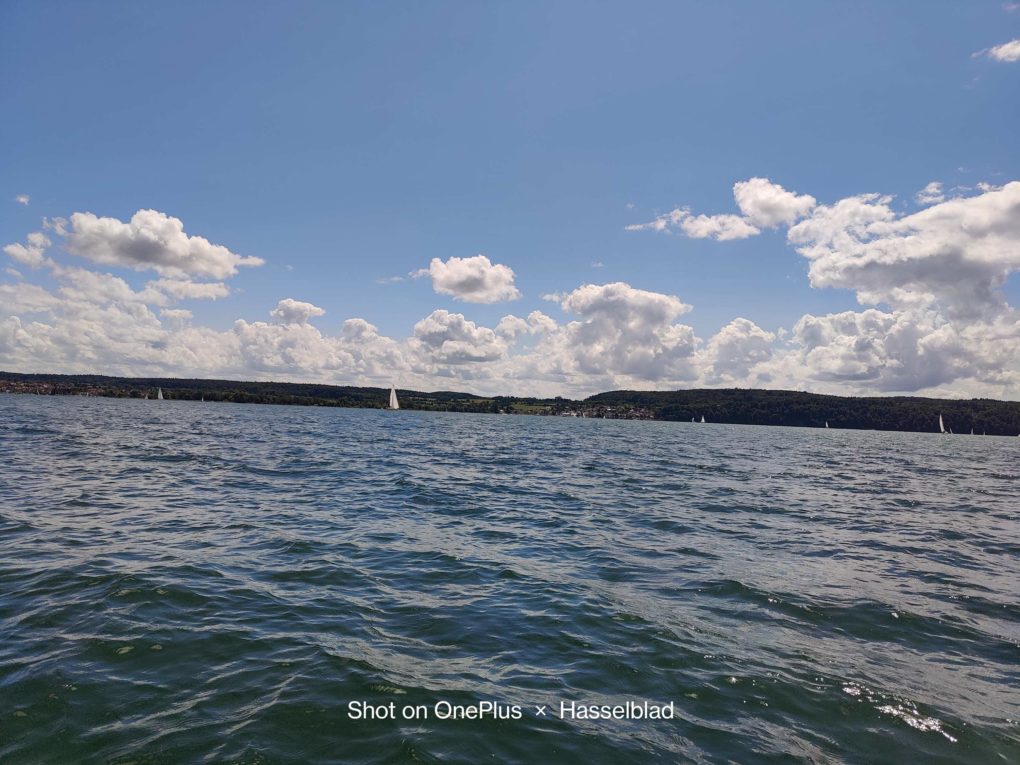
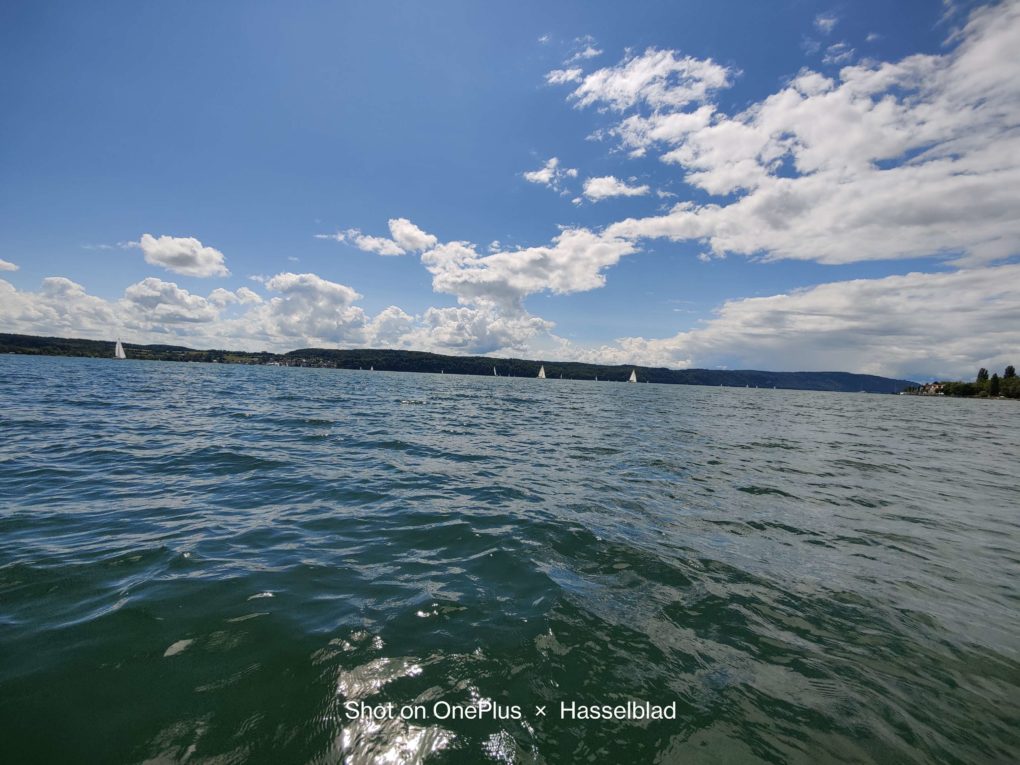
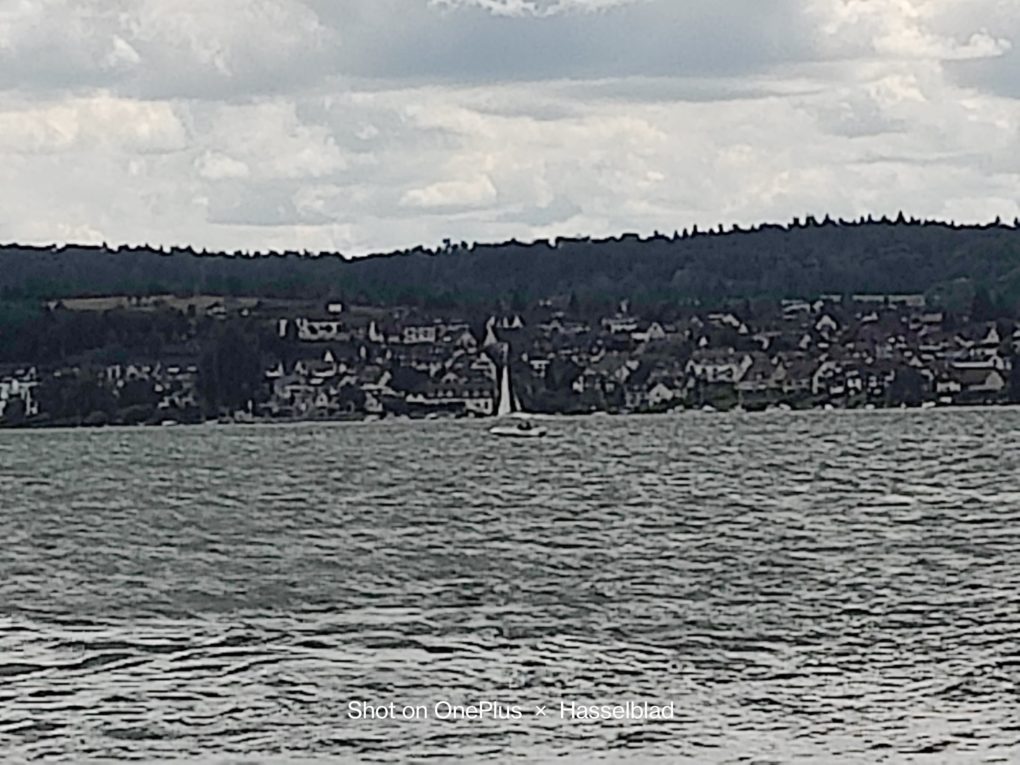


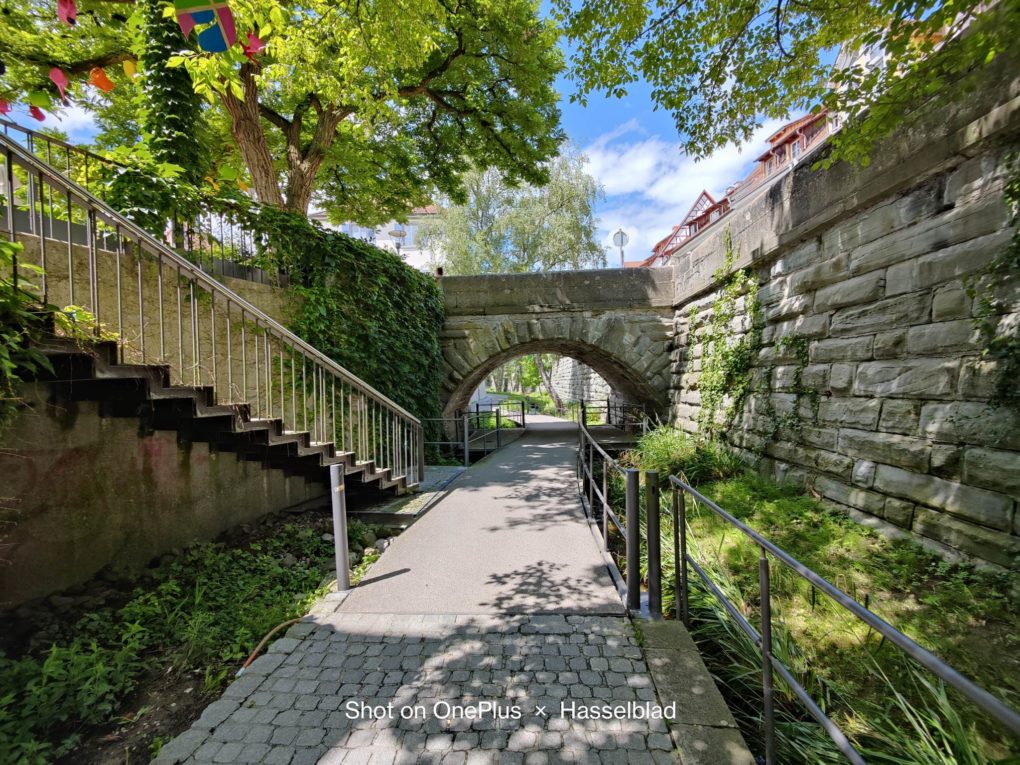
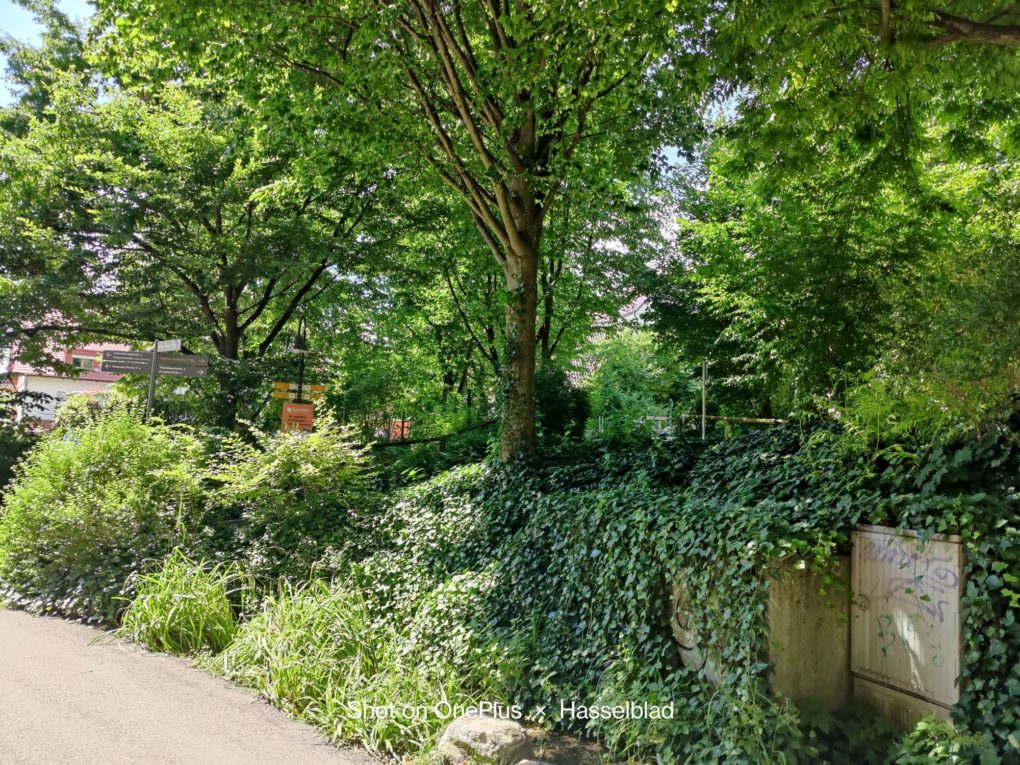
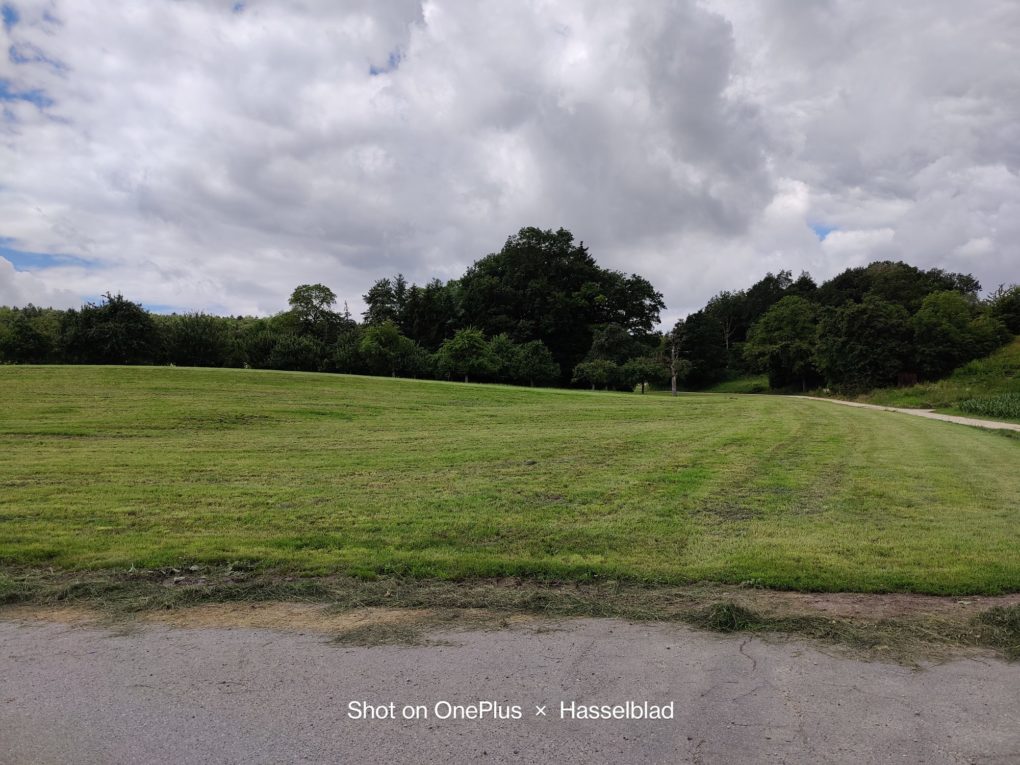
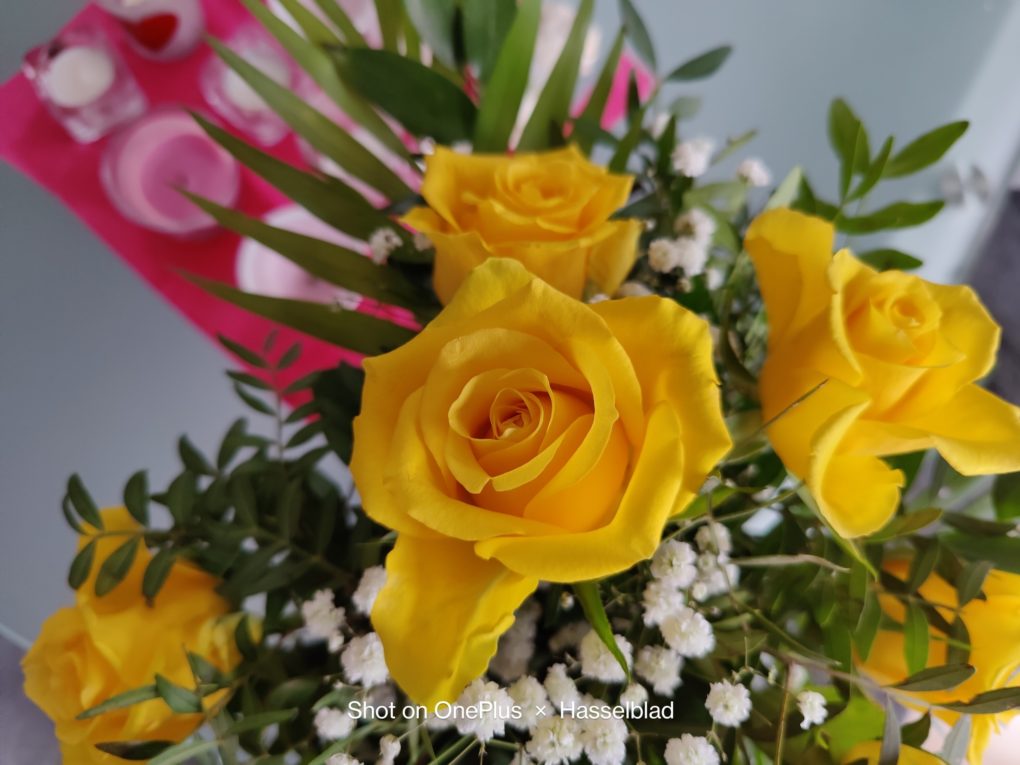
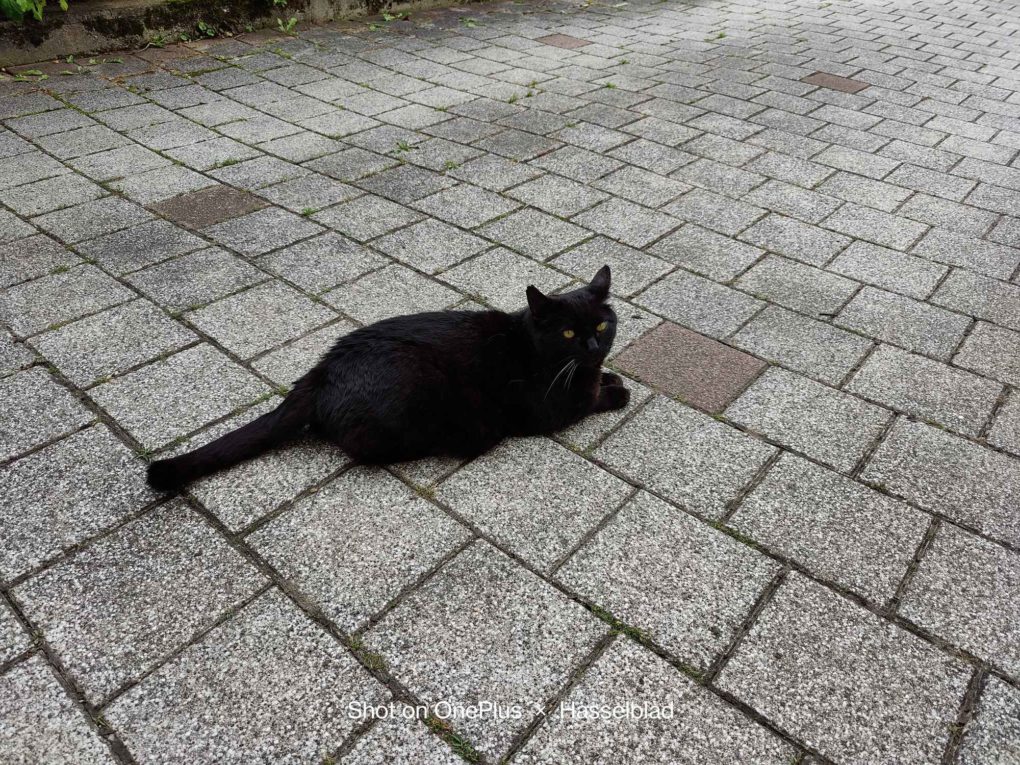

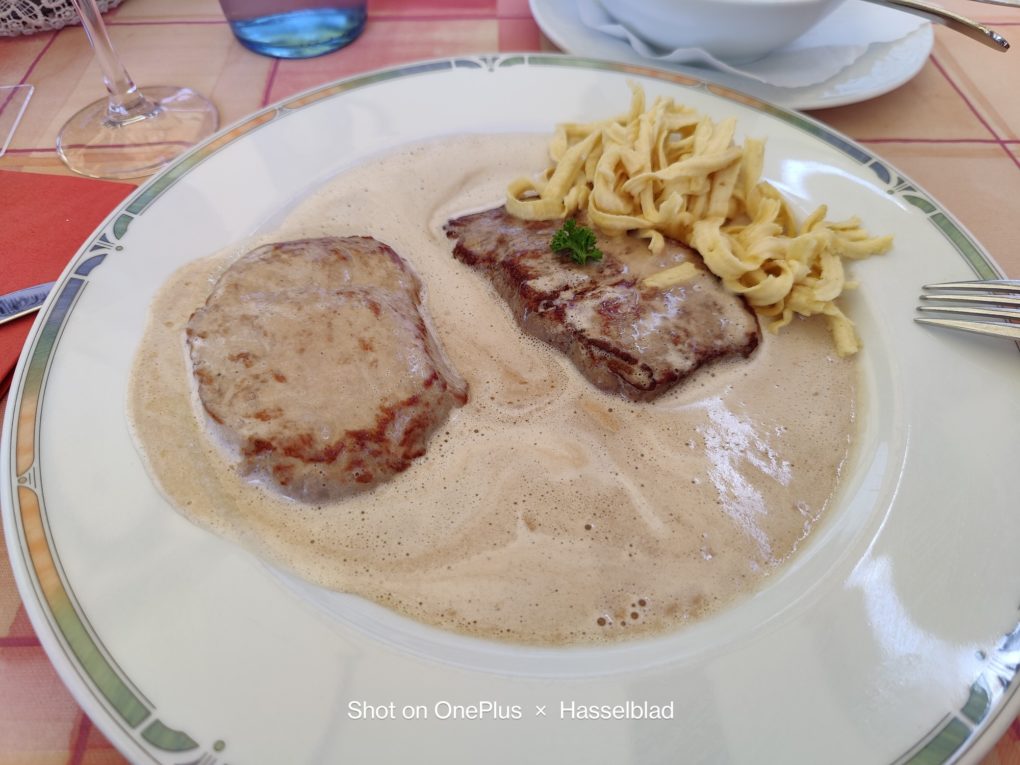
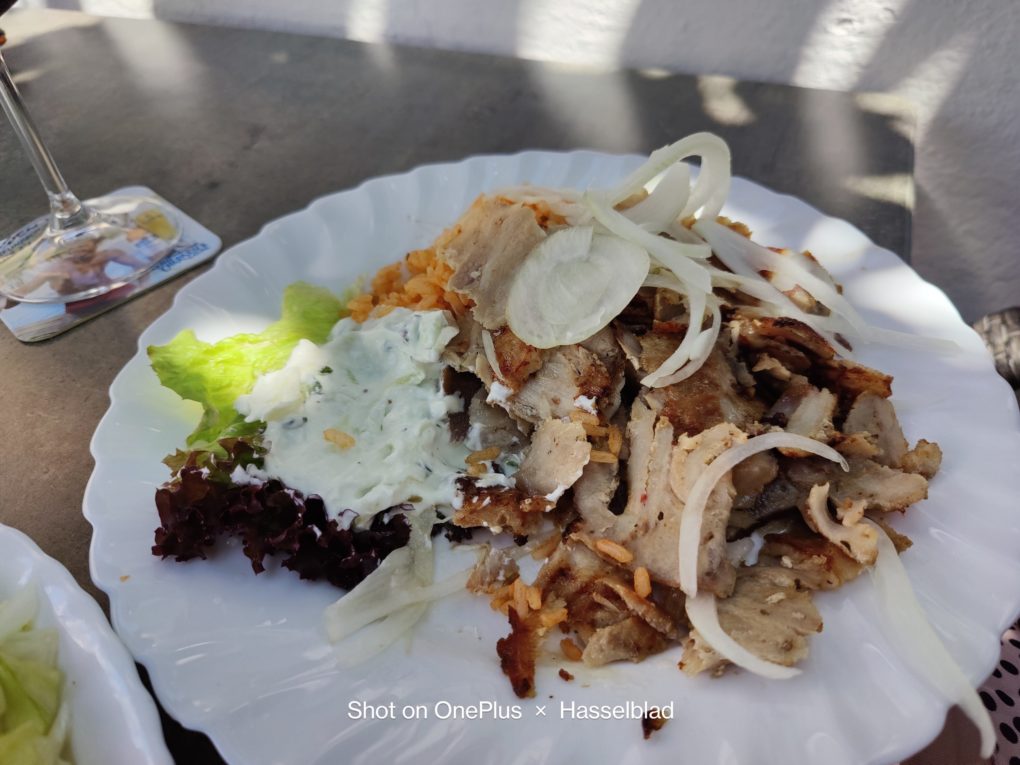
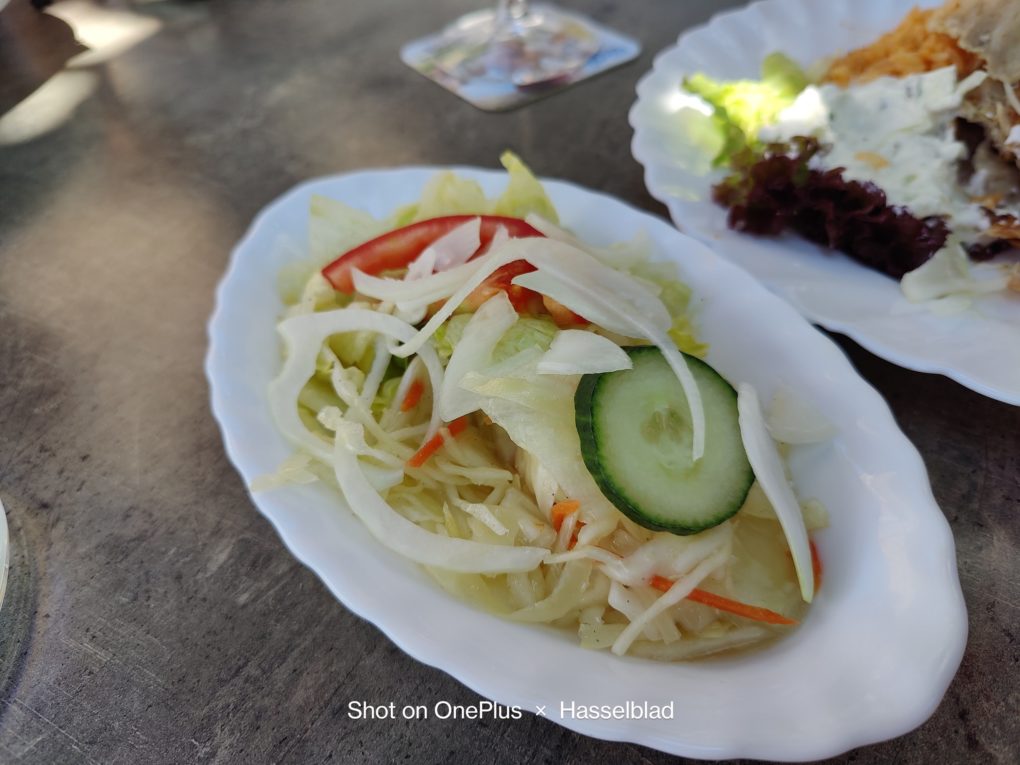
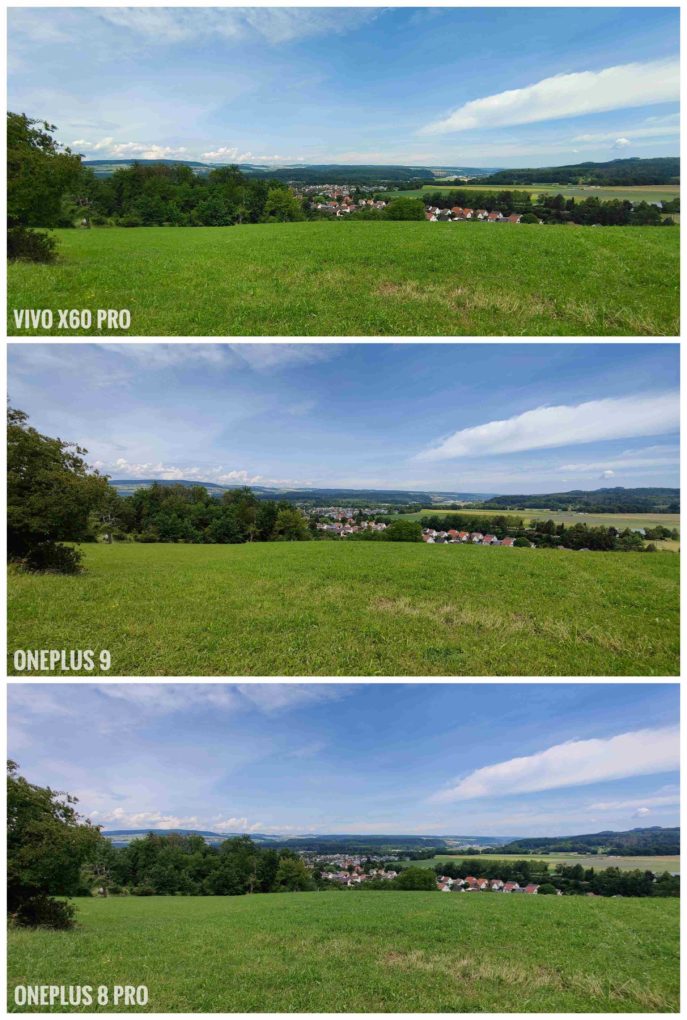
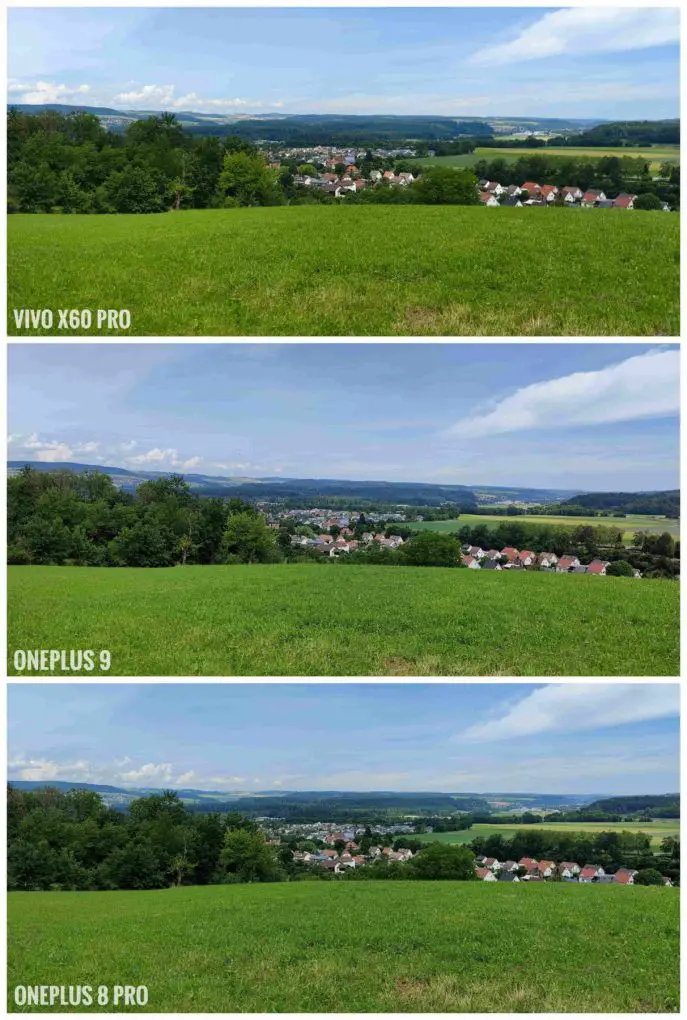
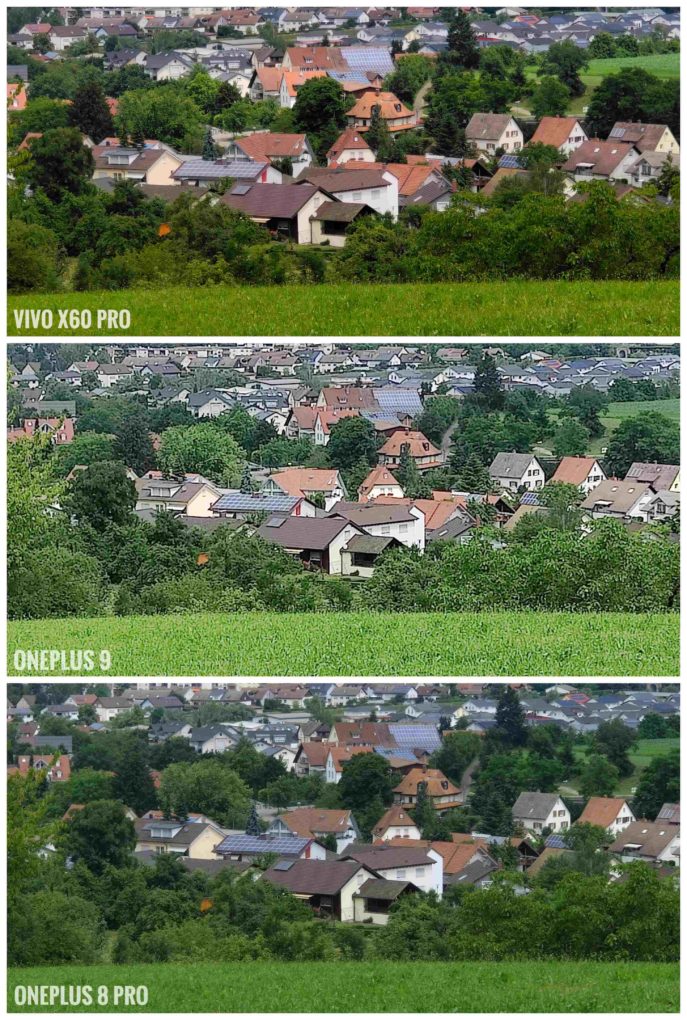
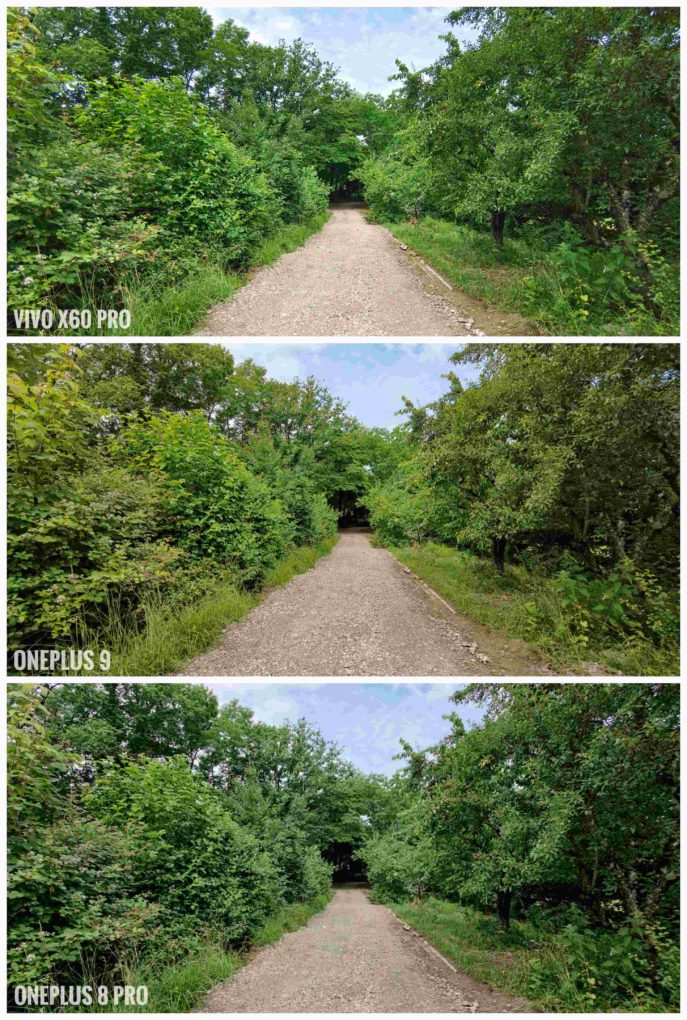
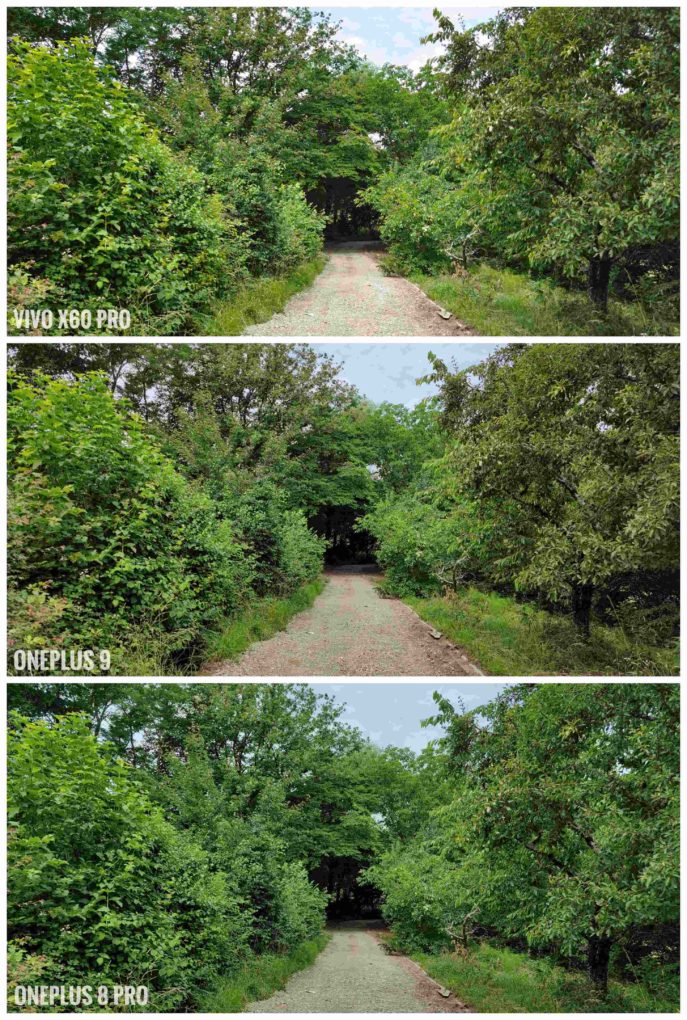
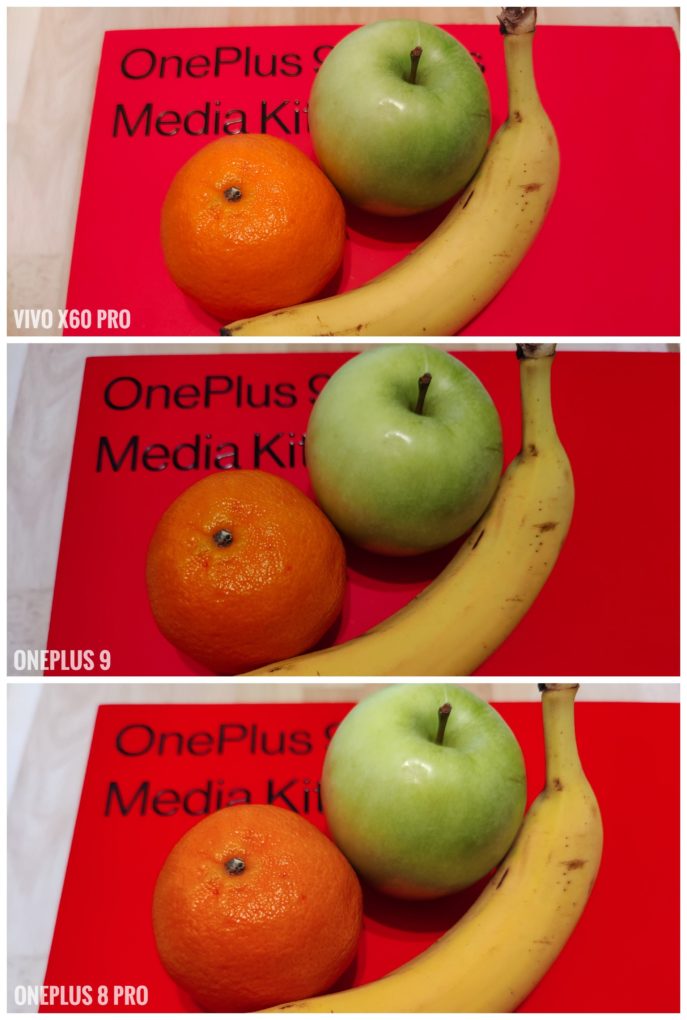
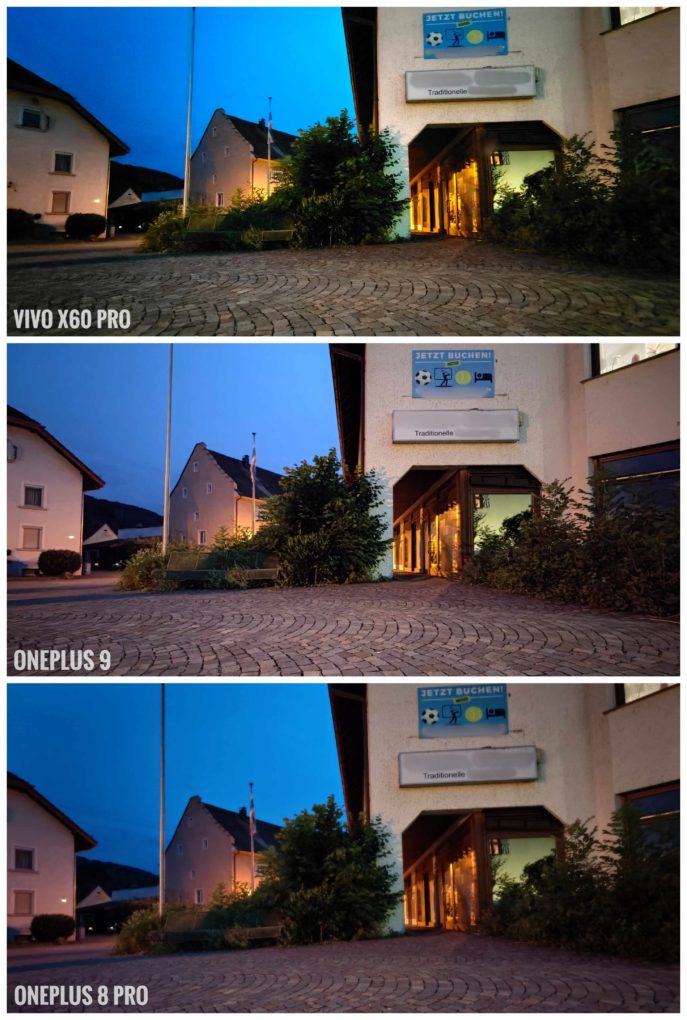
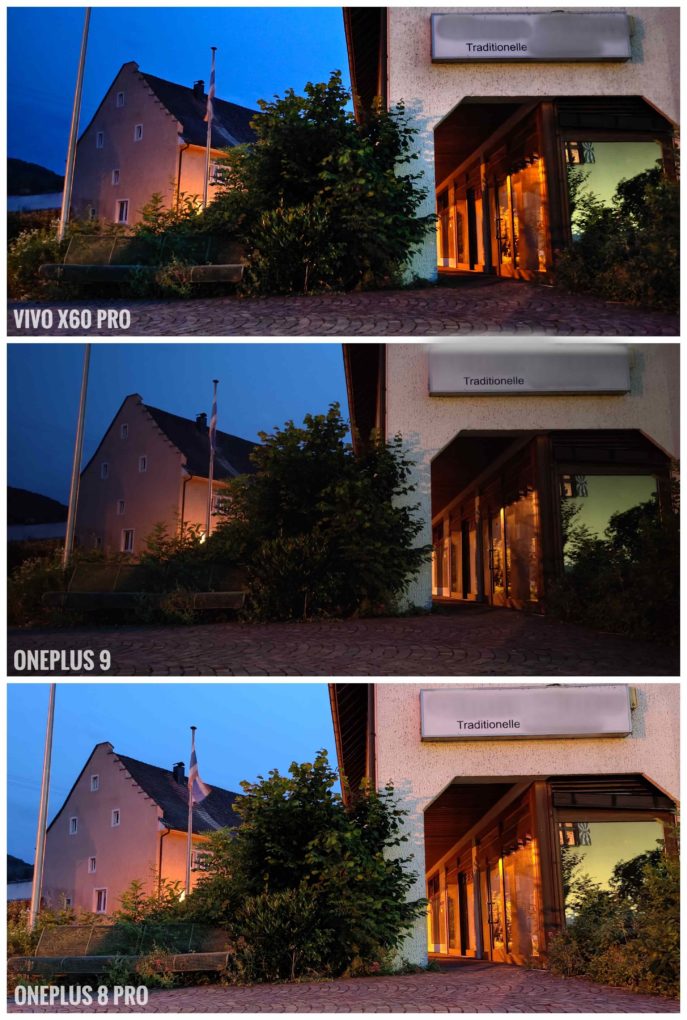
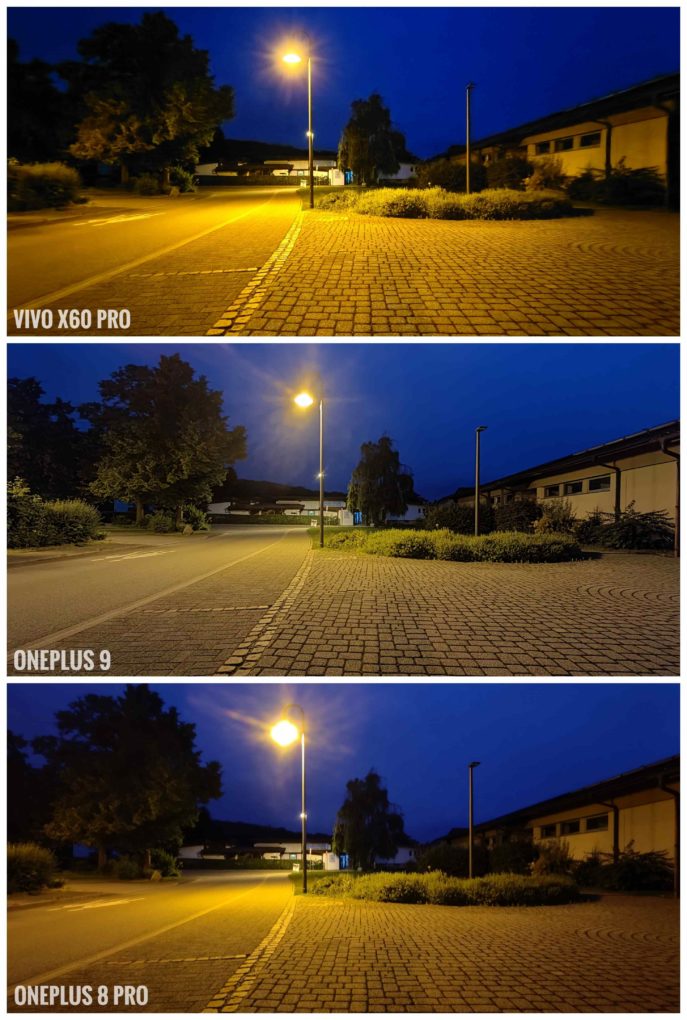
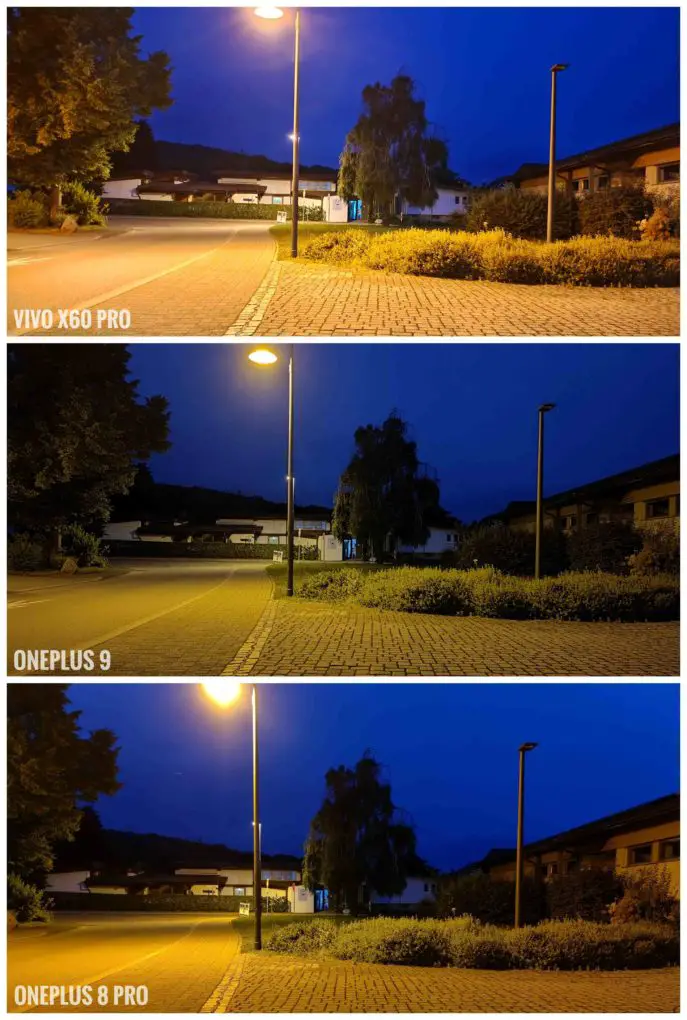
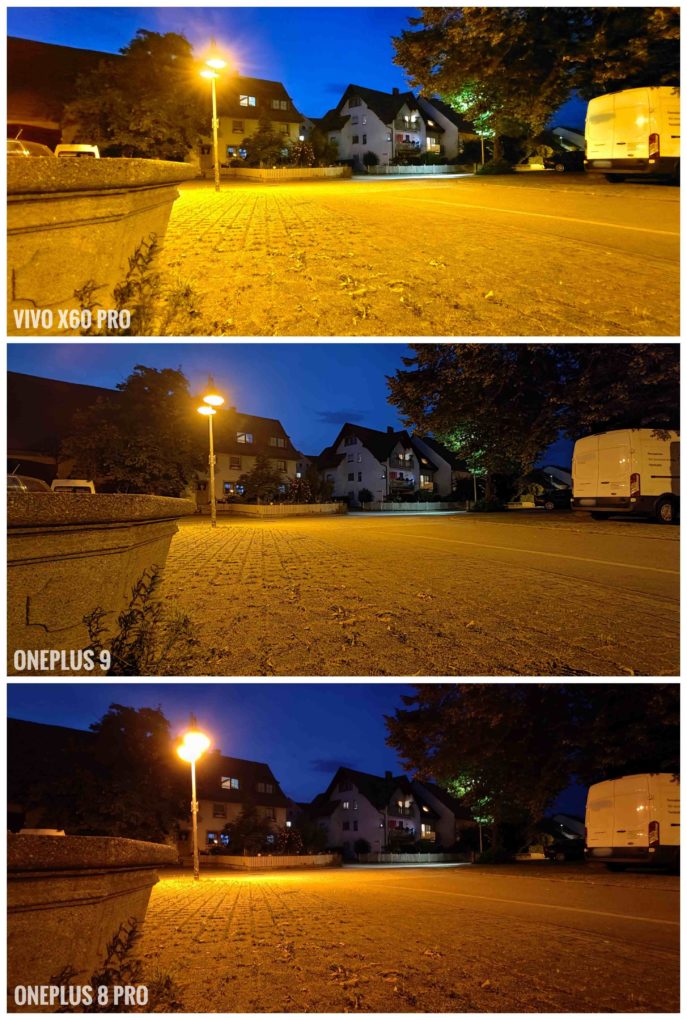
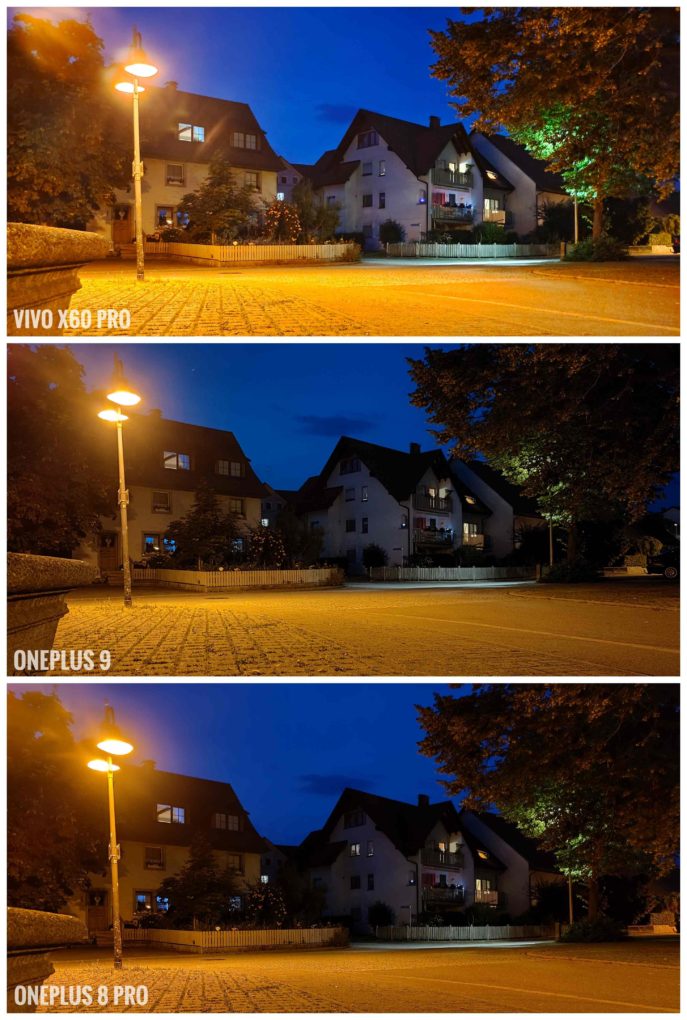
How do you actually see it? Plastic in a 700 Euro smartphone? That can't be true. Or?
Hi Alex,
yes exactly, there I am absolutely with you. In my opinion, a plastic frame has no business for 700 euros, especially when you consider that the cheaper 8T still had a metal frame.
Best regards,
Fabian Menzel from TechnikNews
That is complaining at a high level. Plastic is lighter, won't scratch and won't break anytime soon. How can you get so upset?
Matthias
Hello Matthias,
thanks for your comment:)
That is of course all in some kind of a matter of taste and certainly there are many who do not mind. But for 700 euros I simply expect higher quality materials, I think OnePlus has made unnecessary savings here.
Plastic frames can also scratch very well. Of course, metal frames too, but at least they feel more valuable.
Best regards,
Fabian Menzel from TechnikNews